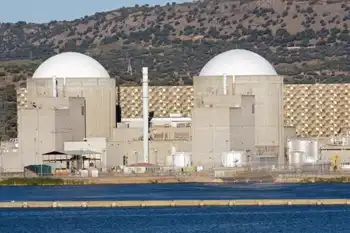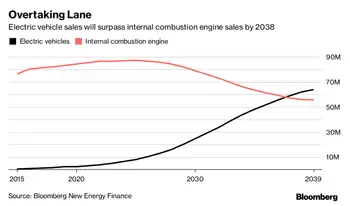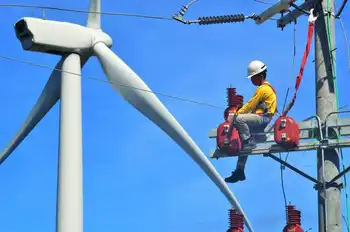Element Hotel adds charging station
The 123-unit property, the chainÂ’s first, recently added a charging station that guests and travelers in the area can use to charge up their electric vehicles. The Starwood hotel installed the station in partnership with Carbon Day Automotive Co.
The station has a universal plug for use by all kinds of electric vehicles, including cars, buses, Segway scooters and bikes. Users can access the station through a subscription to the ChargePoint Network. Subscribers can use the network and Google maps to locate the Element station and others and to determine if theyÂ’re in use.
“By installing the ChargePoint charging station at the Element Lexington, we’re preparing for the influx of electric vehicles and plug-in hybrid electric vehicles expected on America’s roads in 2010,” says Scott Emalfarb, a Carbon Day principal. “We hope other hotels follow Starwood’s lead and take the initiative to encourage this change in the automotive industry.”
The charging station is just one of many green features at the Element Lexington and the other three properties in the nascent chain. Element is the only major hotel brand that mandates its properties pursue LEED certification from the U.S. Green Building Council.
Elements provide preferred parking for drivers of hybrid or electric cars and bikes guests can borrow. Eco-friendly materials are used whenever possible in construction of the properties, and natural light is maximized through the design. The hotelÂ’s amenities all promote recycling or water and energy conservation.
Related News

Germany should stop lecturing France on nuclear power, says Eon boss
BERLIN - Germany should stop trying to impose its views on nuclear power on the rest of the EU, the head of one of Europe’s largest utilities has warned, as he stressed its importance in the region’s clean energy transition.
Leonhard Birnbaum, chief executive of German energy provider Eon, said Berlin should accept differences of opinion as he signalled his desire for a compromise with France to break a deadlock over energy reforms.
Germany this year shut down its final three nuclear power plants as it followed through on a long-held promise to drop the use of the energy source, while France…




